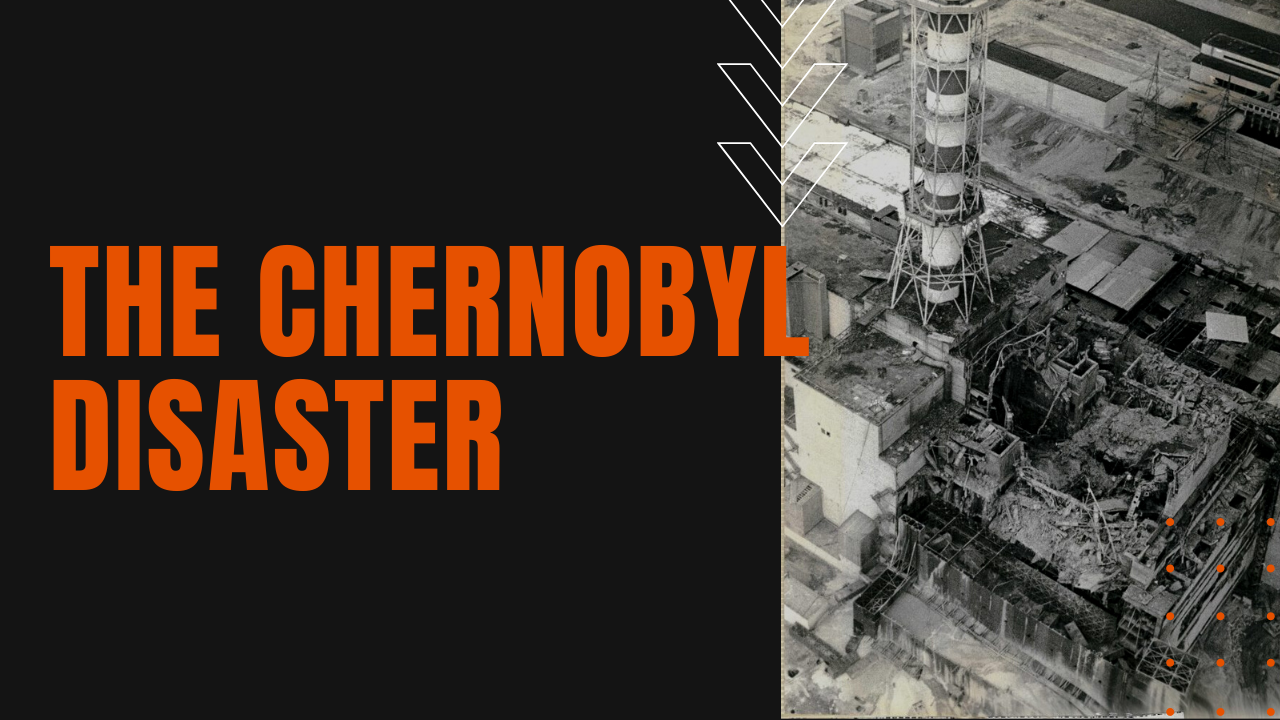The Chernobyl Disaster

In 1986, the first word that something was seriously wrong came from a power plant in eastern Sweden, when workers coming on the job registered abnormally high levels of radiation on their bodies.
Although the levels were not high enough to harm humans, the plant was shut down as a precaution until authorities could get a handle on the source. In a cascading domino aftermath, similar reports of high radiation began pouring in from all over Scandinavia, leading to the conclusion that the problem lay elsewhere, to the east in the Soviet Union.
Chernobyl Cover-Up Exposed
When media containment was no longer possible, Soviet officials belatedly confirmed that a catastrophic nuclear meltdown had occurred in the number four reactor at Chernobyl, not far from the Ukrainian city of Kiev.
Denmark reported a five times increase in radiation levels, while Finland clocked in at six. Radiation levels in Norway rose fifty percent, while Sweden’s levels rose into the illegal category.
Chernobyl Nuclear Disaster
The accident began during an electrical power outage safety test on Chernobyl’s number four reactor, designed to insure that interim water circulation measures could sufficiently cool the reactor’s core until backup electrical generators could be brought on-line.
During the planned shut down, power levels unexpectedly dropped to zero, which combined with reactor design flaws, lack of operating protocols and worker fatigue to set off an uncontrolled nuclear chain reaction or meltdown.
The subsequent steam explosion and reactor core fire released a deadly yet invisible plume of radioactive fallout, 70% of which fell on nearby Belarus. A six-mile exclusion zone was created 36 hours after the accident, forcing nearly 50,000 people to be evacuated from the nearby city of Pripyat.
Shortly there after, the exclusion radius was further expanded to 19 miles, forcing an additional 68,000 people to be relocated elsewhere in the Soviet Union. By the end of 1986, a sarcophagus had been built around the exploded reactor, involving 500,000 at-risk workers at an estimated cost of 68 billion dollars in today’s currency.
The radiation fallout contaminated water supplies, agricultural lands and animal herd stocks throughout Belarus and Scandinavia, forcing farmers to fallow crops for several years to come. Cancer rates rose precipitously in the affected areas, pinning some medical estimates regarding resultant cancer deaths at 16,000 innocent lives.
